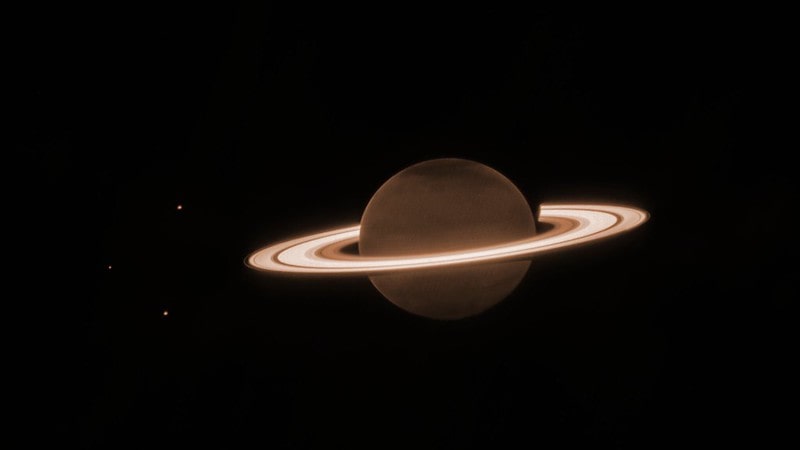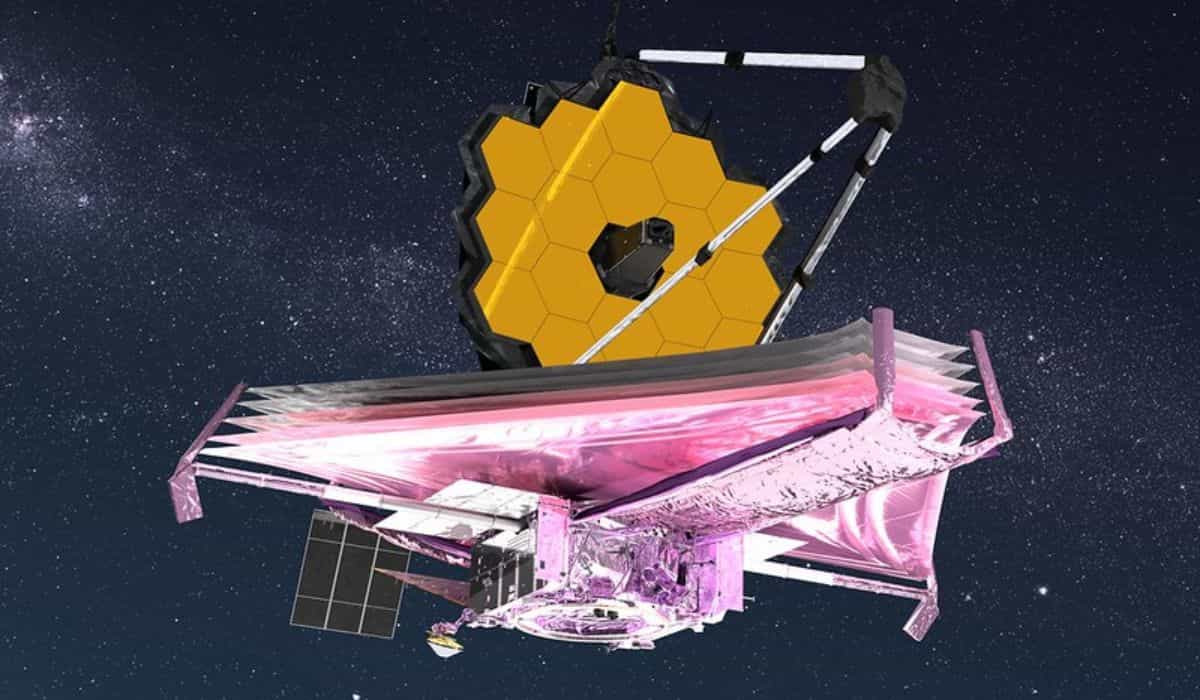
The James Webb Space Telescope, launched by the NASA on December 25, 2021, began producing its first images in July 2022. After completing a year of incredible discoveries and records, check out these 5 breathtaking photos captured by the James Webb.
+NASA Records Hottest Month Since 1880
+After Zuckerberg opens up about the fight, Musk wants to face him
The James Webb Telescope is an international collaboration between NASA, the European Space Agency (ESA), and the Canadian Space Agency (CSA).
Carina Nebula
Behind the curtain of dust and gas in these “Cosmic Cliffs” are ‘baby stars’ that were previously hidden and were revealed by Webb. The image captured by the telescope displays stars in their earliest and fastest formation stages.
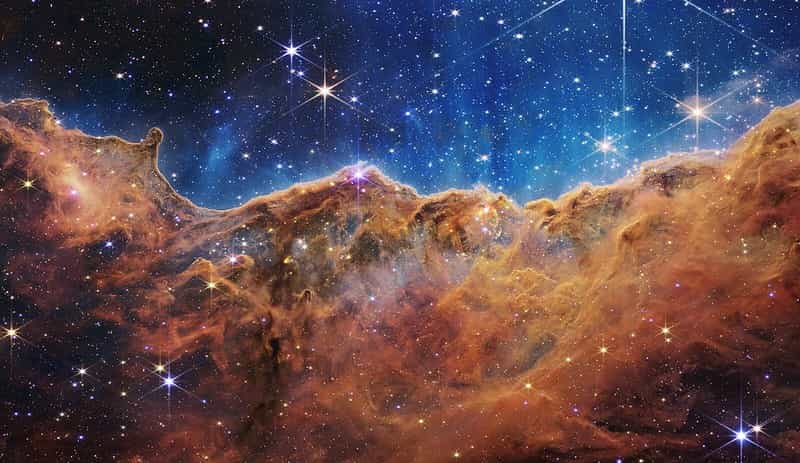
Dying Star
The James Webb Space Telescope captured the Southern Ring Nebula, which is a blanket of gas and dust ejected by a dying star.
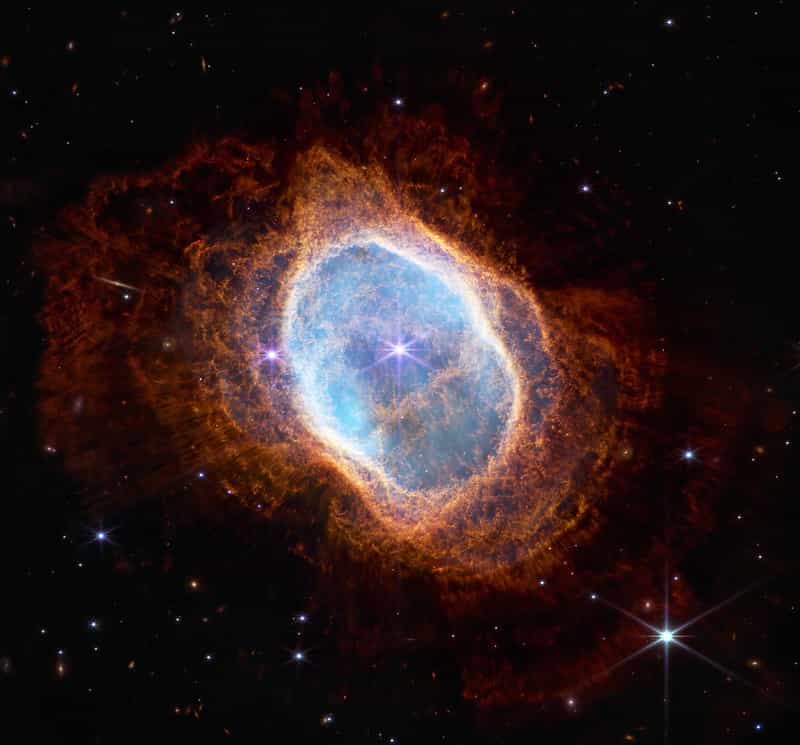
The Pillars of Creation
The Pillars of Creation extend in three ‘columns’ about 5 light-years long! This cluster of dust and gas, located at the heart of the Eagle Nebula, is 6.5 thousand light-years away from Earth.
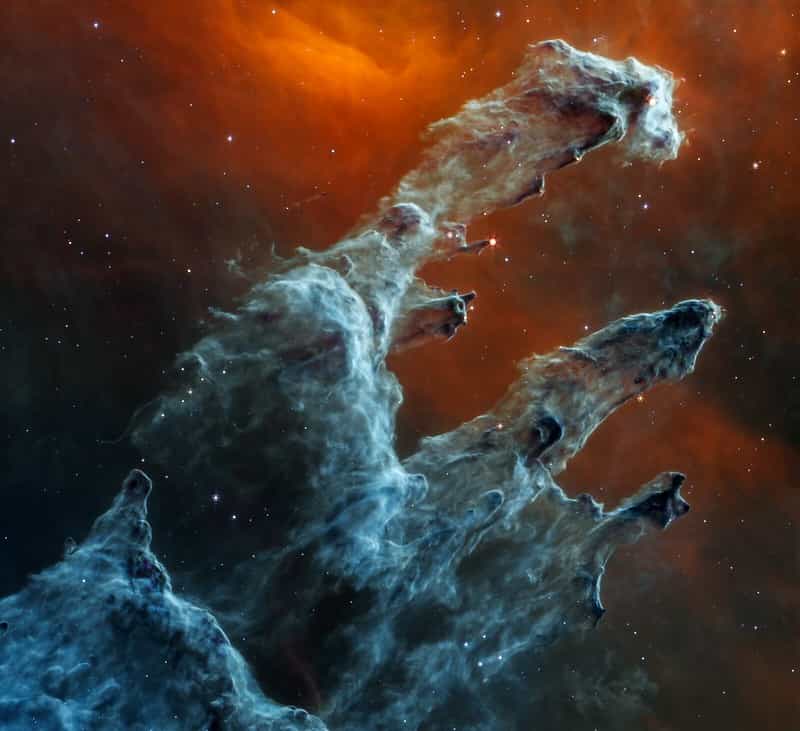
Stars Forming and Cosmic Question Mark
The James Webb Space Telescope managed to capture two young stars in formation, located about 1,470 light-years from Earth. Known as Herbig-Haro 46 and 47, these ‘baby’ stars can be found in the Vela Constellation.
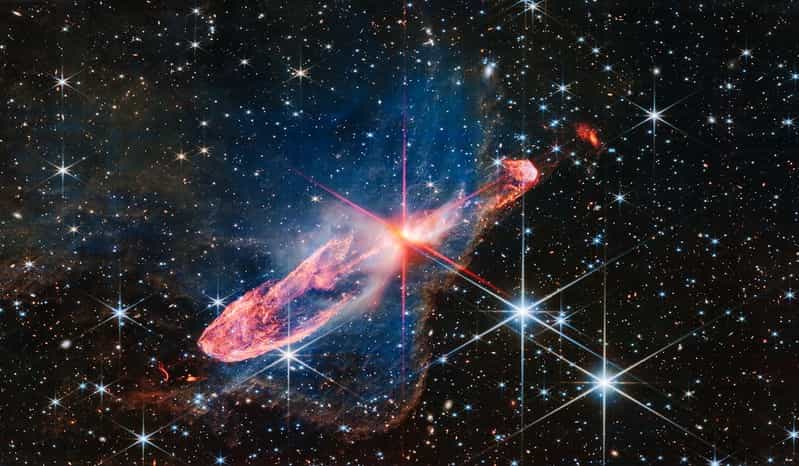
Although not the primary goal of the image, Webb also captured a ‘cosmic question mark’ that garnered attention. According to scientists, the galactic question mark might be a very distant galaxy or two or more galaxies in the process of merging, resulting in its reddish color and unusual shape.
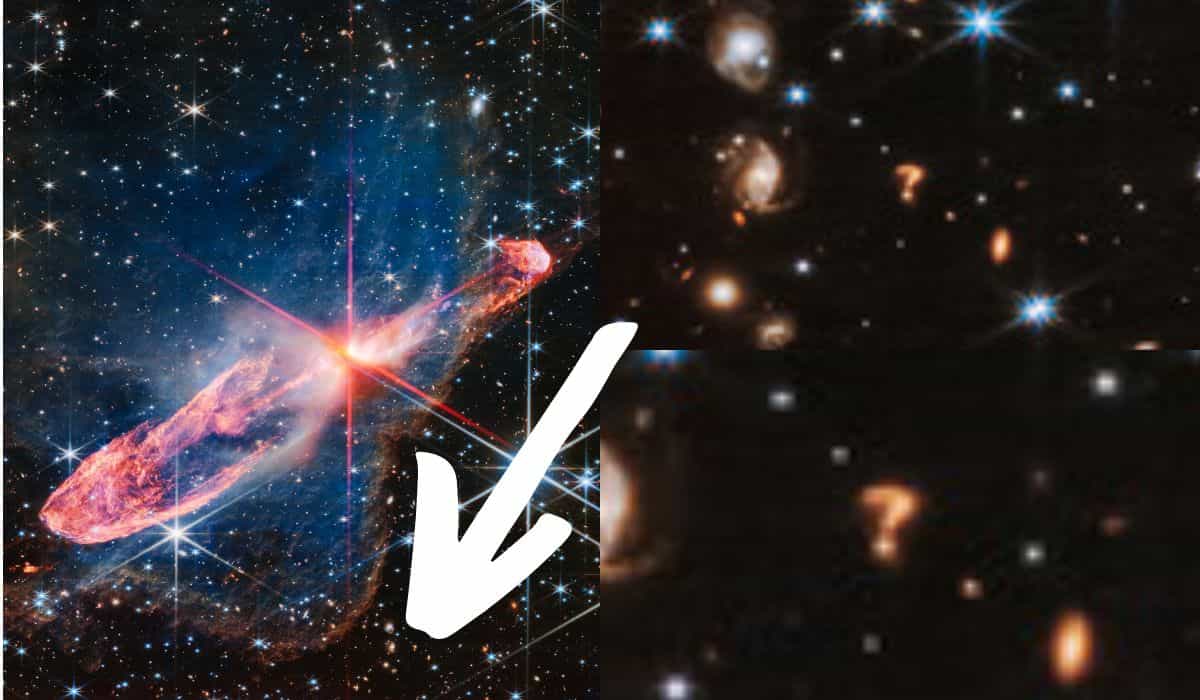
Saturn
The James Webb Telescope captured an impressive image of Saturn, the sixth planet in our Solar System, using its NIRCam, an infrared camera. In the image, the planet appears darker because methane gas absorbs nearly all the sunlight that reaches its atmosphere. However, the rings remain bright.
